Technical Rubber Company was founded in 1939 by Charles Cornell and for over 75 years, TRC has been innovating to deliver industry-leading rubber products that move the economy. TRC is made up of a family of brands that each specialize in creating products and systems that are trusted globally by businesses, consumers, and government clients.
TRC’s global business is headquartered and managed in Johnstown, Ohio, USA with group offices in Lisburn, Northern Ireland; Turnhout, Belgium; Rovereto, Italy; Shanghai, China; Tokyo, Japan; and Sao Paulo, Brazil.
TRC is driven by our commitment to supporting the entire lifecycle of rubber. Our 4r strategic vision is to create and extract value from materials that were formerly considered to be at the end of their useful life. We serve the end-to-end needs of our customers, who implement earth-friendly, sustainable solutions using our products.
TRC’s business is led by five core values that encompass all we do: Honor, Innovation, Leadership, Teamwork, and Intelligence.
TRC’s core values align with our mission to extract value and extend life. We partner with our customers to contribute to the circular economy by repairing hundreds of thousands of tires daily or with green roofs that include recycled rubber produced by our equipment.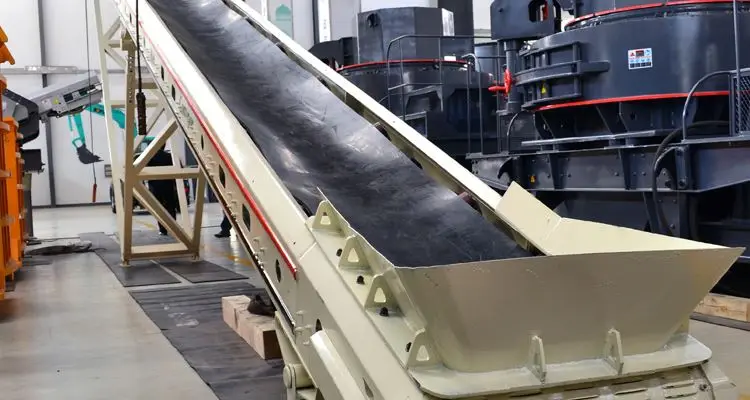
As an industrializing world relied on rubber, there existed a huge opportunity to build a company that helped others to make products that moved the economy. That was the vision of our founder, Charles Cornell. In 1939, Mr. Cornell founded the Technical Rubber Company in Johnstown, Ohio. His career in the rubber industry exposed a need for a better tire repair product. He established his business to meet this need and patented a cold vulcanizing process that repaired tires without requiring heat. Cornell’s innovation led to a complete line of tire and tube repair products, setting the stage for product breakthroughs and innovation at TRC that include self-vulcanizing inserts, centering radial repairs and Uni-Seal Repair units. Vulcanization revolutionized the tire repair industry in the U.S. and TRC has grown to become a global leader.
Cornell’s vision created a legacy of innovation for generations to come. Now, more than 75 years after Cornell helped to create an industry, TRC is directed by the fourth-generation of family leaders. Still headquartered in Johnstown, Ohio, TRC has grown to become an international manufacturer and distributor of more than 10,000 tire repair, wheel service and industrial rubber products that support customers in 95 countries.
Now, more than 75 years after Cornell helped to create an industry, TRC is directed by the fourth-generation of family leaders. Still headquartered in Johnstown, Ohio, TRC has grown to become an international manufacturer and distributor of more than 10,000 tire repair, wheel service and industrial rubber products that support customers in 95 countries.
TRC strives to impact and strengthen the well-being of the communities in which we do business. We do this through actions that represent our core values – honor, innovation, leadership, teamwork, and intelligence. Through volunteering and charitable contributions, we give back to our global communities with service and fellowship.
In addition to providing corporate support to nonprofit organizations and campaigns, TRC supports the missions and causes that are important to our employees through our Matching Gifts Program.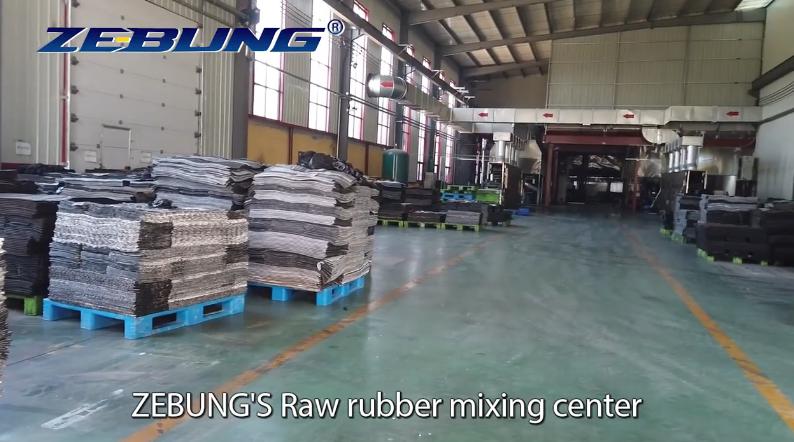 This program provides a Matching Dollars Program to match financial contributions made by employees, as well as a Matching Hours Program to provide financial support to nonprofits where employees donate their time.
This program provides a Matching Dollars Program to match financial contributions made by employees, as well as a Matching Hours Program to provide financial support to nonprofits where employees donate their time.
TRC focuses our philanthropic efforts in 5 areas and we look to make donations locally and in the communities where our team members and customers work. We seek opportunities to give back globally in the communities we serve.
Philanthropy Focus:
Education – Schools, non-profit organizations, scholarship funds and events that support education
Emergency and First Responders – Support for volunteer-based organizations, equipment requests
Industry-Related – Charitable programs connected with tire and rubber industries
Sports – Community-based sports programs
Women’s Charitable Organizations – Focused on supporting victims of domestic violence
TRC Does Not Fund Organizations that have not been granted tax-exempt status under Section 501(c)(3) or IRS code or international equivalency, or that are not a K-12 school or school district. Organizations seeking underwriting for advertising
Organizations seeking underwriting for advertising
TECH™ Tire Repairs
TECH™ Outdoors
PANG™ Industrial
TRUFLEX/PANG™
Salvadori
Polywood
TECH™ Tire Repairs
TECH™ Outdoors
PANG™ Industrial
TRUFLEX/PANG™
Salvadori
Polywood
TRC manufactures and distributes products to more than 95 countries.
Find an office nearest you.
Choose Your Region
TRC Inc
9711 Sportsman Club Road
PO Box 486
Johnstown, OH 43031-0486
Phone: 1-800-433-8324 or 1-740-967-9015
TECH Tire Repair
200 East Coshocton Street
PO Box 486
Johnstown, OH 43031-0486
Phone: 1-740-967-9015
Fax: 1-740-967-1039
E-mail: techorders@techtirerepairs. com
com
Support Hours: 8 a.m. – 5 p.m. EST
TECH EUROPE
Koeybleuken 16,
2300 Turnhout,
Belgium
Phone: 0032-1442-3103
Fax: 0032-1441-7003
Email: [email protected]
TECH INTERNATIONAL Shanghai Co. Ltd.
No. 1536 Rongle (E) Road
Songjiang Industrial Zone, Shanghai P.R. China 201613
Phone: +86(21)57740748
Email: [email protected]
NIPPON TECH, Inc.
YCC Takanawa Bldg. 5F, 2-21-43
Takanawa, Minato-Ku
Tokyo 108-0074
Japan
Phone: 81-3-5462-7321
Email: [email protected]
Tech International do Brasil
Rua Antônio Felamingo, 198
Macuco – Valinhos – São Paulo – Brasil
Phone: +55 19 3800-3930
Email: [email protected]
TECH Tire Repair Thailand
999/35 Moo 15, Bang
Sao Thong Subdistrict, Bang Sao Thong District
Samut Prakan Province, Thailand 10570
Phone: +662 130 7548
Email: erika. [email protected]
[email protected]
200 East Coshocton Street
PO Box 486
Johnstown, OH 43031-0486
www.tech-outdoors.com
Email Tech Outdoors Customer Support
200 East Coshocton Street
PO Box 486
Johnstown, OH 43031-0486
Phone:1-740-967-9015
Email PANG Industrial
Phone:1-740-967-9015
Fax: 1-740-967-1039
E-mail: [email protected]
Support Hours: 5 a.m. – 5 p.m. EST
PANG Industrial
Koeybleuken 16
2300 Turnhout
Belgium
Phone: +32 14 423 103
Fax: +32 14 417 003
Email: [email protected]
PANG Industrial
No.1536, Rongle (E) Road
Songjiang Industrial Zone, Shanghai, P.R. China 201613
Phone: +86 (21) 57740748
Fax: +86 (21) 57742286
200 East Coshocton Street
PO Box 486
Johnstown, OH 43031-0486
Phone: 1-740-967-9015
Email Truflex/PANG
Truflex/PANG
Koeybleuken 16
2300 Turnhout
Belgium
Phone: +32 14 423 103
Fax: +32 14 417 003
Email: techeurope@trc4r.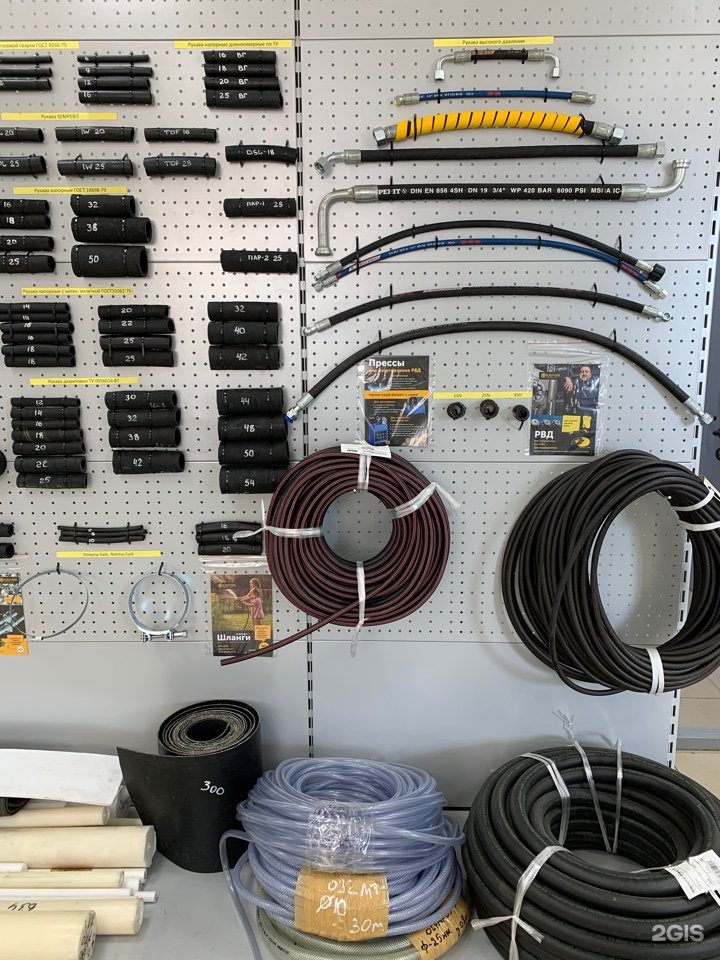 com
com
Truflex/PANG
No.1536, Rongle (E) Road
Songjiang Industrial Zone, Shanghai, P.R. China 201613
Phone: +86 (21) 57740748
Fax: +86 (21) 57742286
Via Zeni, 8
38068 Rovereto (Tn) Italy
P.iva 01078910229
Phone: +39 0464 422286
Salvadori.com
TECH™ Tire Repairs
TECH™ Outdoors
PANG™ Industrial
TRUFLEX/PANG™
Salvadori
Polywood
TECH™ Tire Repairs
TECH™ Outdoors
PANG™ Industrial
TRUFLEX/PANG™
Salvadori
Polywood
SevZapKanat - professional equipment for lifting and securing loads
RTI plant , with production in St. Petersburg represents a wide range of professional opportunities. In addition to the range of rubber products in accordance with GOST, we carry out the design, modeling and manufacture of various products from rubber, silicones and other materials.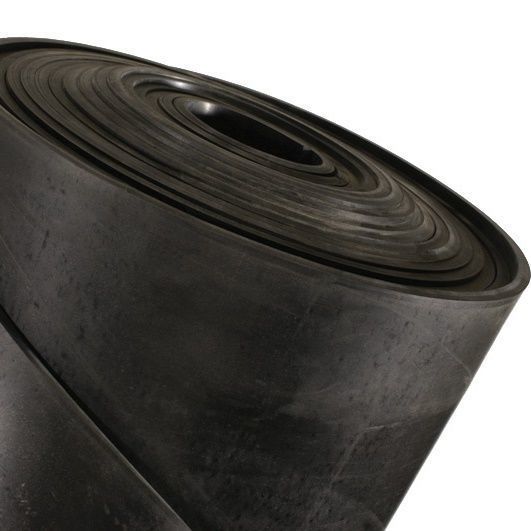
- production of mass and personal rubber goods using casting, pressing, stamping, bending, cutting, punching and other types of work.
- testing of the received products in the laboratory, with the conclusion in the form of certificates and quality passports, as well as the issuance of conclusions and recommendations for use;
- own staff of highly qualified employees with more than 10 years of experience;
- ensuring high quality of production of rubber products at optimal prices;
Turning to our company, you can be sure that the production of rubber products will take place according to the deadlines clearly specified by you, and we will not let you down. We have a clear, well-established scheme of work from the first moment of receiving an order , design, agreeing on terms and prices, manufactured by RTI and ending with its delivery.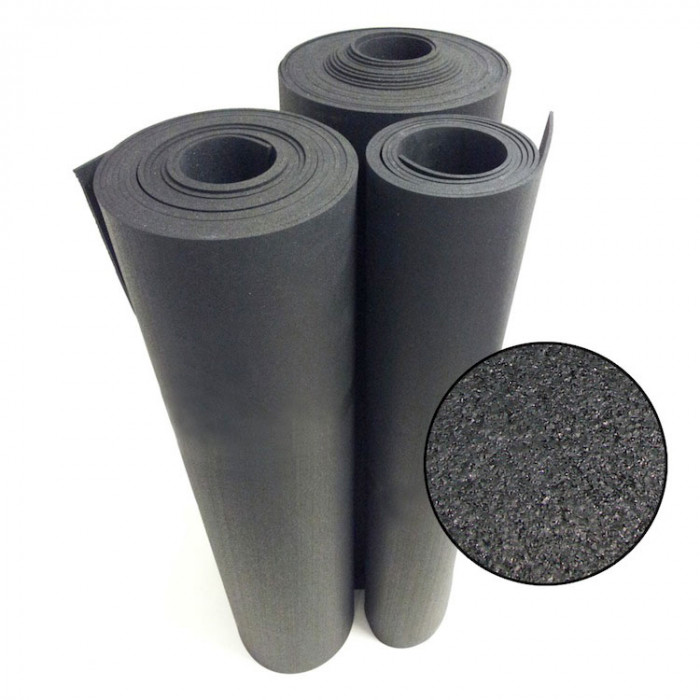
There are no small or large orders for us, we work for the result, and we are also interested in long-term, full-fledged cooperation in the manufacture of rubber goods and rubber products of any scale and complexity. We are always ready to discuss the terms of constructive, comprehensive cooperation with our customers and offer the best options.
Production company "Littek" has been operating in the rubber goods market for more than 7+ years and has customers in all regions of the Russian Federation. We work with a diverse range of materials - silicones, rubbers, rubbers, paronite, caprolon, textolite and polyvinyl chloride, as well as other polymeric materials.
We can work with both small and bulk quantities of materials in accordance with GOSTs or technical specifications.
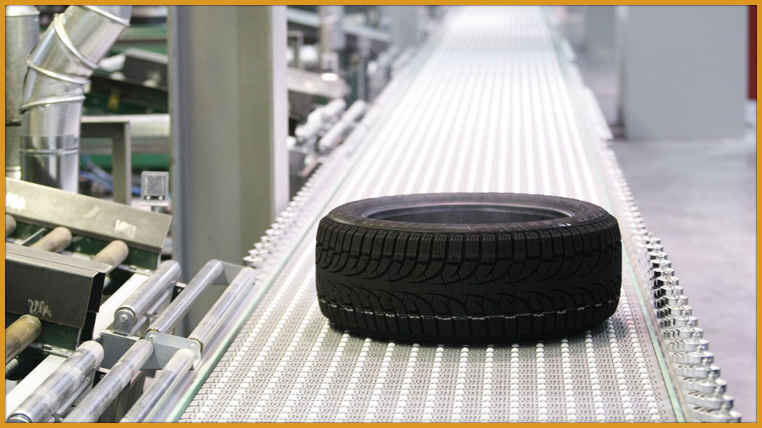 We are interested in the long service life of each RTI at your enterprise and use only high-quality raw materials;
We are interested in the long service life of each RTI at your enterprise and use only high-quality raw materials; Purchasing V-belts in one place, conveyor belts in the second, and bushings in the third place complicates the supply chain, as there is a risk that one of the manufacturers will refuse the order. Without one of the elements, it is possible to interrupt the production cycle, especially if there are no stocks of rubber parts for future use.
Our factory offers a comprehensive service for supplying your company with a full range of components in the following order:
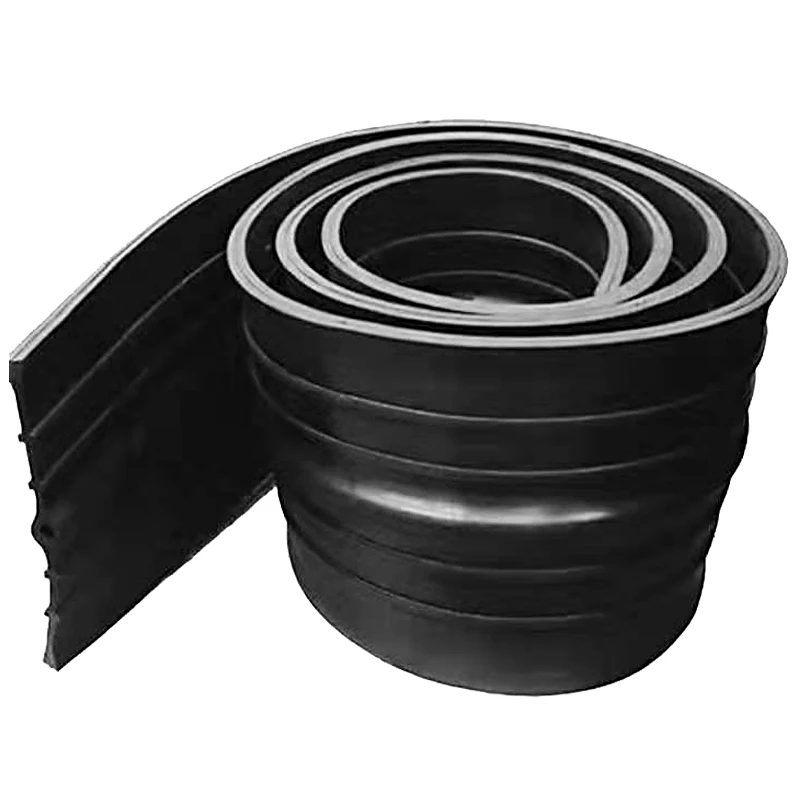
Cooperation with us allows you to maintain a stable and trouble-free operation of your company.
We provide our customers with single and regular deliveries. On our website you can get acquainted with the range. The online store function allows you to immediately select the desired kits and see the cost of the order. For consultation with specialists, you can use one of the following options:
You can ask managers for any information on typical products - delivery time, documentation, etc. To calculate the cost and production time for individual rubber goods, you will need the appropriate drawing and characteristics. We are always ready to discuss the terms of comprehensive service and provide the best conditions on the St. Petersburg market.
By entrusting your order to us, you can save your time and a lot of money, as well as be calm about the result.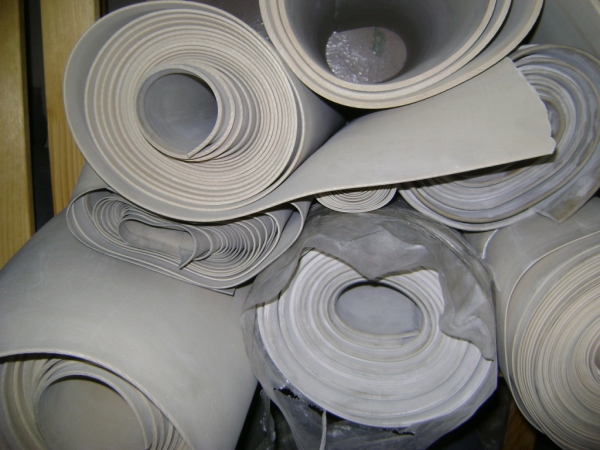 Request a callback and find out all the information you need right now!
Request a callback and find out all the information you need right now!
Our company manufactures rubber products both in-house and at foreign enterprises, which allows us to offer our customers the widest range of products and provide the best service. Along with the production of rubber in the form of standard, simple sealing profiles (rectangular, square, trapezoidal, round sections and their derivatives), we accept orders for the production of rubber sealing profiles according to customer drawings and sketches with any non-standard, complex sections and performance characteristics. Our company is a manufacturer and supplier of such popular rubber goods as: Gurnit, sponge rubber, round rubber, interstitial rubber, microporous rubber, foam rubber, construction rubber, marine rubber, EPDM rubber, MBS rubber, TMKShch rubber, marine sealing rubber, porous profiles , rubber profiles, sealing profile, rubber seals, rubber seal, rubber technical plate, rubber cord, EPDM cord, MBS cord, TMKShch cord, unshaped rubber products.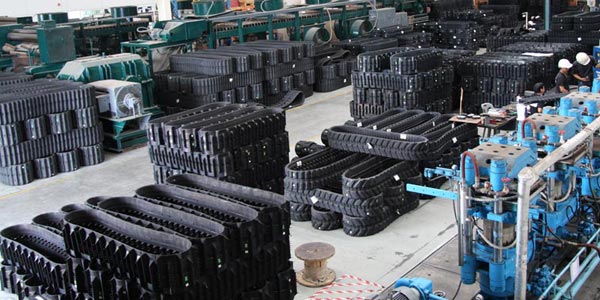 On our website you can get acquainted with the rubber production process.
On our website you can get acquainted with the rubber production process.
Separately, we would like to draw your attention to RTI made of extra-soft rubber grade S-509, which is traditionally used in Russian shipbuilding and ship repair as marine sealing rubber. Our company has a wealth of experience in the production of sealing profiles from rubber of this brand. As always, we guarantee the production of rubber in the shortest possible time (from 2 days), the right prices and readiness for the production of profiles of any configuration. You can find the description of S-509 rubber here.
The flexibility of rubber and the desire to restore the original shape are effectively used to create various in-demand materials.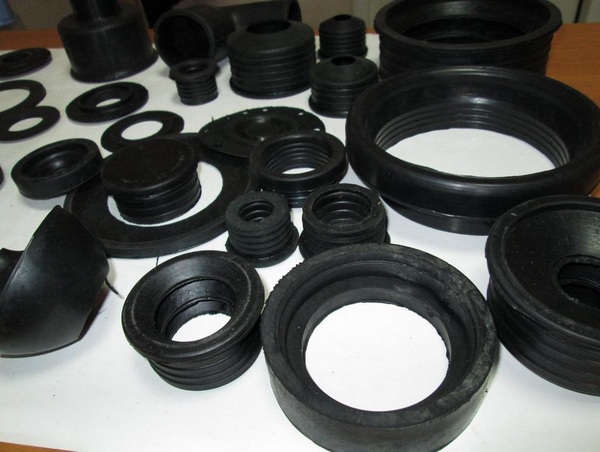 At the same time, in addition to the shaping factor, the physicochemical and structural characteristics of rubber are taken into account. For each specific case, materials with excellent structural and physico-chemical properties can be used. Porous rubber combines several varieties, the main unifying feature of which is the presence of internal pores and other microvoids with different sizes. In addition, varieties of porous rubber, depending on the physical and chemical properties, are divided into several grades. Our company offers inter-joint rubber based on porous rubber of a given profile and various varieties. In addition, we sell a rubber technical plate, which can be used as a blank for creating seals with a complex profile.
At the same time, in addition to the shaping factor, the physicochemical and structural characteristics of rubber are taken into account. For each specific case, materials with excellent structural and physico-chemical properties can be used. Porous rubber combines several varieties, the main unifying feature of which is the presence of internal pores and other microvoids with different sizes. In addition, varieties of porous rubber, depending on the physical and chemical properties, are divided into several grades. Our company offers inter-joint rubber based on porous rubber of a given profile and various varieties. In addition, we sell a rubber technical plate, which can be used as a blank for creating seals with a complex profile.
The main functional task performed by the sealing profile is to fill the gaps between joints to create the most hermetic connection. Porous profiles are used to create a static and/or vibratory seal. They are used to fill joints in various road and building surfaces.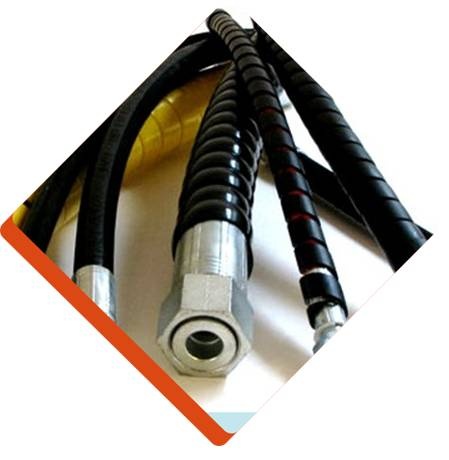 Rubber seals perform an important sealing function at the junctions of liquid and gas containers, internal or hull forms. In addition, a rubber cord is an important butt element used to connect body parts in various types of transport and special equipment.
Rubber seals perform an important sealing function at the junctions of liquid and gas containers, internal or hull forms. In addition, a rubber cord is an important butt element used to connect body parts in various types of transport and special equipment.
The rubber seal can be considered as an "optional" element of the whole structure. Such an opinion can be held as long as the inter-joint rubber fulfills its functional duties with all responsibility. But as soon as the critical stage of wear of the rubber structure arrives, all the importance that porous profiles contain becomes obvious. At joints subjected to vibration and/or in direct contact with aggressive media, rubber seals are subjected to the highest operating stress. Sponge rubber, which due to the “active” internal structure, is most often used on moving and vibrating joints, is subject to increased wear, which requires the periodic replacement of such joint seals. Microporous rubber has good resistance to sound vibration, therefore, microporous cord is used as a sealing profile for butt joints in the manufacture of windows and doors of various structures.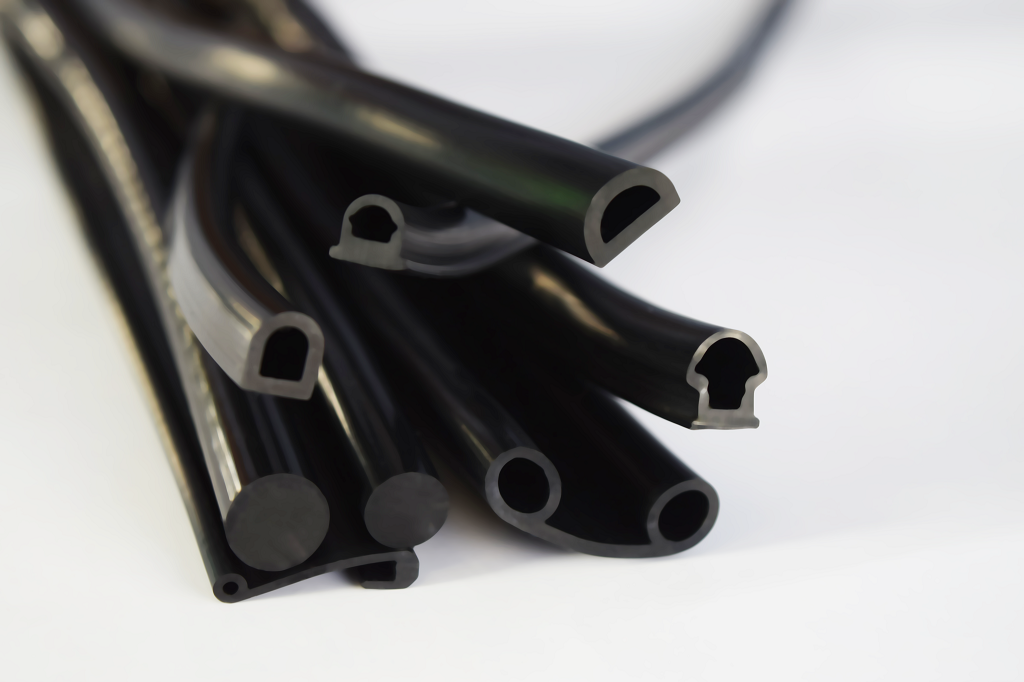 As a result, high levels of sound and, importantly, thermal insulation are achieved.
As a result, high levels of sound and, importantly, thermal insulation are achieved.
Construction rubber can be quite "coarse" and more ductile. EPDM rubber is often used for butt filling in critical door and window structures. Durability, resistance to temperature changes and aggressive UV exposure makes EPDM cord a very convenient and profitable material for inter-joint filling. But EPDM rubber has one, but rather significant vulnerability - poor resistance to chemical compounds containing mineral oils and fats, to petroleum products and other non-polar media. Therefore, in road and construction equipment (where the above connections may get in during further operation), sealing rubber TMKShch is used instead of the EPDM cord.
Composite or round rubber TMKShch can be used to fill joints in the arrangement of ventilated facade systems. Cord TMKShch with a special profile (herringbone) is used for inter-butt sealing when creating runways and other horizontal coatings using reinforced plates.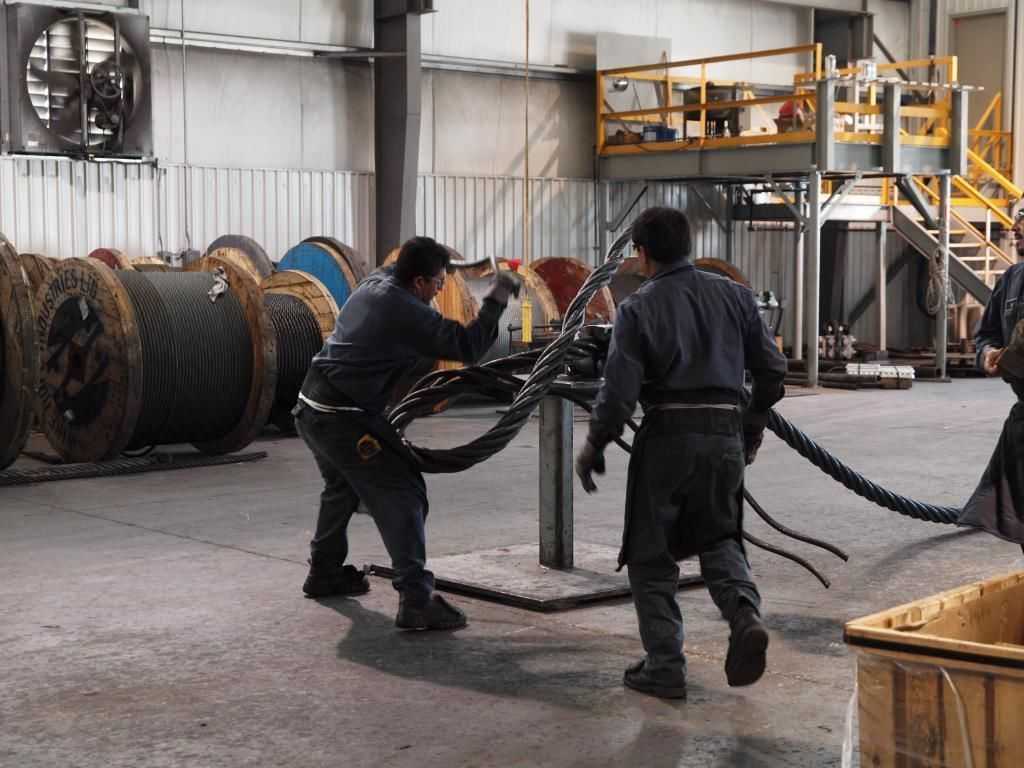 In mechanical engineering, when creating production and technological systems where direct contact with various oily and combustible oil-based liquids is expected, MBS rubber is placed to seal joints. For all its structural flexibility, the MBS cord has a high chemical inertness, and therefore the connection of body forms and functional containers through such a porous profile will be as efficient and durable as possible.
In mechanical engineering, when creating production and technological systems where direct contact with various oily and combustible oil-based liquids is expected, MBS rubber is placed to seal joints. For all its structural flexibility, the MBS cord has a high chemical inertness, and therefore the connection of body forms and functional containers through such a porous profile will be as efficient and durable as possible.
Sa3 Ltd produces functional profiles based on cellular rubber of simple shapes, including those with internal holes, as well as more complex profiled options according to the existing catalog or according to drawings provided by customers. High structural and physico-chemical compliance with the stated requirements is guaranteed.
| TU 38 105 1559-87 | Calendered rubber compounds for gumming chemical equipment |
| GOST 2631-79 | Materials for the restoration and repair of pneumatic tires |
| GOST 19177-81 | Porous rubber gaskets |
| TU 2512-046-60152081-2003 | Rubber compounds, unvulcanized |
| GOST 6467-79 | Rubber cords, round and rectangular |
| TU 38 105 1709-86 | Rubber compounds, unvulcanised, for articles in contact with foodstuffs |
| GOST 17133-83 | Rubber plates for products in contact with food |
| TR 1-4205-89 | Technological regulations for the production of rubber compounds |
| GOST 7338-90 | Rubber and fabric rubber plates |
| TU 38 105 1121-77 | Extra soft rubber injection cords |
| TU 2500-376-00152106-94 | Technical rubber products |
| TU 38 005924-2002 | Special rubber compounds |
| TU 38 0051166-98 | Rubber compounds for rubber products of aviation equipment |
| TU 38 105452-82 | Replaces 38105452-77 Rubber compounds 1-10962 and 1-10963 |
| TU 38 1051972-90 | Instead of OST 38.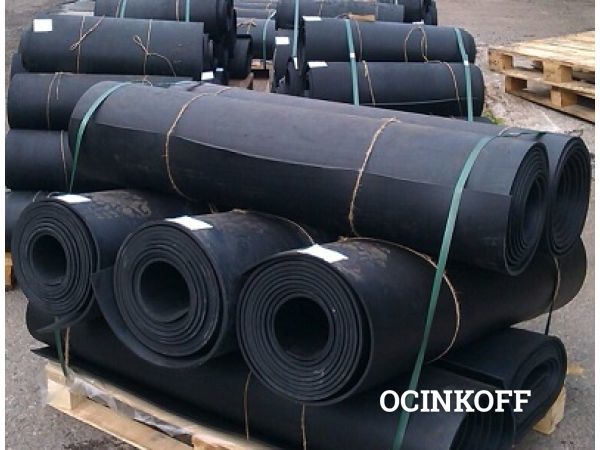 05183-80 technical rubber parts 05183-80 technical rubber parts |
| TU 38 105100-77 | Molded products made of rubber IRP-1231, 1232, 51-3042 for electrical industry |
| TU 38 105160-84 | Special rolled rubber plate |
| TU 38 1051935-94 | Rubber bushings for bearings |
| TU 2500-295-00152106-93 | Technical rubber products for railway rolling stock and requirements for rubbers used for their manufacture |
| TR 1-4175-95 | Manufacture of molded sponge parts |
| TU 38 103672-88 | Synthetic rubber butodiene methylstyrene SKMS-10 KNG |
| TU 38 1081280-79 | Rubber compound 51-2130 |
| GOST 5496-78 | Technical rubber tubes |
| GOST 12855-77 | Rubber plate for transformers |
| GOST 19421-74 | Safety rubber bushings |
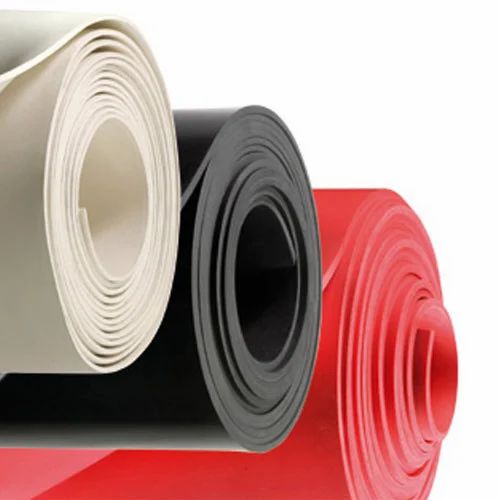 1051082-86
1051082-86 | Rubber brand | Rubber group | Operating Temperature Range | Symbol | Shore hardness | Rubber type |
|---|---|---|---|---|---|
| 52-599/1 | Ia | -25 to 70 °C | 8 | 35-65 | BK-1675N |
| -30 to 70 °C | 10 | ||||
| 13304P | Ia | -25 to 70 °C | 8 | 35-65 | SKMS-30 |
| -30 to 70 °C | 10 | ARCM-15 | |||
| 51-1565 | Ia | -30 to 90 °C | 11 | 35-65 | SKI-3 |
| -35 to 70°C | 13 | SKI-3S | |||
| 51-1590 | Ia | -25 to 70 °C | 8 | 35–65 | SKI-3 SKI-3PN |
| -30 to 70 °C | 10 | ||||
| -35 to 70 °С | 13 | ||||
| -40 to 70°C | 15 | ||||
| Sf-1009 | Ib | -25 to 70 °C | 8 | 50–70 | SKMS-30 ARKM-15 |
| 6429 | Ib | -25 to 70 °C | 8 | 50–70 | SKMS-30 ARKM-15 |
| -30 to 70 °C | 10 | ||||
| 7-IRP-1315 | Ib | -30 to 90 °C | 11 | 50–70 | SKI-3 |
| -35 to 70°C | 13 | ||||
| 7-122 | Ib | -30 to 70 °C | 10 | 50–70 | SKMS-30 ARKM-15 |
| 57-7018 | Ib | -45 to 70 °C | 19 | 50–70 | SKEPT-40. 50 50 |
| 51-1524 | IV | -35 to 70 °C | 13 | 60–80 | SKEPT-50 |
| 6701 7-6190 | Iv | -25 to 70°C -30 to 70°C | 8 10 | 60–80 | SKMS-30 ARKM-15 |
| C-169 | IV | -25 to 70 °C | 8 | 60–80 | SKMS-30 ARKM-15 |
| -30 to 70 °C | 10 | ||||
| -30 to 90°C | 11 | ||||
| -35 to 70°C | 13 | ||||
| -40 to 70°C | 15 | ||||
| 7-IRP-1348 | IV | -25 to 70 °C | 8 | 60-80 | SKI-3+SKD |
| -30 to 70 °C | 10 | ||||
| -30 to 90°C | 11 | ||||
| -35 to 70 °C | 13 | ||||
| -40 to 70°C | 15 | ||||
| -45 to 70°C | 19 | ||||
| -50 to 70°C | 21 |
| Rubber brand | Rubber group | Operating Temperature Range | Symbol | Shore hardness | Rubber type |
|---|---|---|---|---|---|
| 14K-10 | IIb | -60 to 70°C | 27 | 50–70 | SKMS-10K |
| Rubber brand | Rubber group | Operating Temperature Range | Symbol | Shore hardness | Rubber type |
|---|---|---|---|---|---|
| 7-57-5010 | III-1a | -25 to 70°C | 8 | 35–65 | SKN-26+SKN-26PVC-30 |
| 7-4161 | III-1a | -25 to 70°C | 8 | 35–65 | BNKS - 28 |
| -30 to 100°C | 12 | SKN - 18 | |||
| 51-2059 | III-1a | -35 to 100°C | 14 | 35-65 | butachlor |
| -40 to 100°C | 17 | (nayrit) | |||
| 7-HO-68-2 | III-1b | -30 to 100°C | 12 | 50–70 | Nairit+BNKS-18 |
| -35 to 100°C | 14 | ||||
| NG-15 | III-1b | -40 to 100°C | 17 | 50–70 | SKN-18+SKEP-40, 50 |
| -45 to 100°C | 20 | ||||
| 7-NO-68-1 | III-1b | -50 to 100°C | 23 | 50–70 | Nairit+BNKS-18 |
| L-NO-68–7 | III-1b | -35 to 100°C | 17 | 50–70 | SKN-18SM+SKN-26 SM |
| 7-IRP-1352 | III-1b | -30 to 100°C | 12 | 50–70 | BNKS-18 |
| -30 to 100°C | 14 | ||||
| -40 to 100°C | 17 | ||||
| -45 to 100°C | 20 | ||||
| 7-IRP-1352–1 | III-1b | -50 to 100°C | 23 | 50–70 | BNKS-18 |
| 7-B-14 | III-1v | -30 to 100°C | 12 | 65–85 | BNKS-18 AMN (or SKN-18) |
| -35 to 100°C | 14 | ||||
| 7-4326M | III-1v | -40 to 100°C | 17 | 65–85 | SKN-18 M |
| -45 to 100°C | 20 | ||||
| 7-129 | III-1v | -40 to 100°C | 17 | 65–85 | SKN-18+SKN-26 |
| 7-7130 | III-1v | −50 to 100 | 23 | 65–85 | SKN-18 |
| 7-B-14–1 | III-1v | −50 to 100 | 23 | 65–85 | BNKS-18 |
| 7–8470 | III-2a | −30 to 100 | 12 | 65–85 | BNKS-18+BNKS-40 |
| 7-9831 | III-2b | −30 to 100 | 12 | 50–70 | BNKS-28AM, AMN |
| 7–8470 | III-2b | −30 to 100 | 12 | 50–70 | BNKS-18+BNKS-40 |
| 7-57-5037 | III-2b | −35 to 100 | 14 | 50–70 | SKN-26SM, ASM+SKN-18 SM |
| 7–51–5003 | III-2v | −30 to 100 | 12 | 60–90 | SKN-26+SKN-40 |
| 7–51–3029 | III-2v | −30 to 100 | 12 | 60–90 | SKN-18S+SKN-26S |
| −40 to 100 | 17 | ||||
| 51–1683 | III-2v | −40 to 100 | 17 | 60–90 | SKN-26 |
| 7–3826 | III-3b | −15 to 100 | 8 | 50-75 | SKN-40 |
| −20 to 100 | 6 | ||||
| 7–3826 | III-3b | −30 to 100 | 12 | 50–75 | SKN-40+SKN-18 |
| 7-3834 | III-3b | −15 to 100 | 3 | 50-75 | BNKS-40 |
| −20 to 100 | 6 | ||||
| −30 to 100 | 12 | ||||
| 4004 | III-3v | −15 to 125 | 4 | 65–95 | SKN-40 |
| 7-3825 | III-3v | −30 to 100 | 12 | 65–95 | BNKS-40+ BNKS-18 |
| 7-57-5005 | III-3v | −30 to 100 | 12 | 65–95 | SKN-26+SKN-40 |
| 7-3825 | III-3v | −15 to 100 | 3 | 65–95 | BNKS-40 |
| IRP-1068 | III-3v | −15 to 125 | 4 | 65–95 | SKN-26 |
| IRP-1314 | III-3v | −20 to 100 | 6 | 65–95 | SKF-32 |
| Rubber brand | Rubber group | Operating Temperature Range | Symbol | Shore hardness | Rubber type |
|---|---|---|---|---|---|
| 7-IRP-1352 | IVa | −60 to 100 | 29 | 35-65 | BNKS-18 |
| 7-IRP-1352–1 | |||||
| 7–6218 | IVb | −60 to 100 | 29 | 55–75 | SKN-18 |
| 98–1 | IVb | −60 to 100 | 29 | 55–75 | SKN-18 |
| 7-7130 | IVv | −60 to 100 | 29 | 65–90 | SKN-18 |
| 51–1669 | IVv | −60 to 100 | 29 | 65–90 | SKN-18+SKN-26 |
| Rubber brand | Rubber group | Operating Temperature Range | Symbol | Shore hardness | Rubber type |
|---|---|---|---|---|---|
| 57–7018 (TPC not higher than -50°C) | Va | −50 to 125 | 24 | 45–65 | SKEPT-40.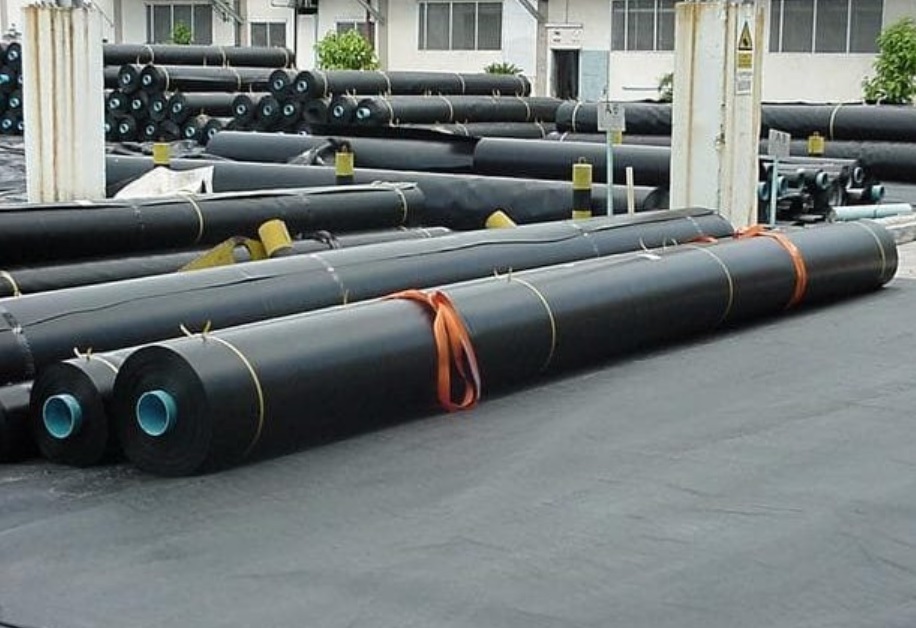 50 50 |
| 2682 (TPC max -45°C) | Vv | −50 to 125 | 24 | 70–95 | SKEPT-40.50 |
| 51–1524 (TPC not higher than -45°C) | Vv | −50 to 125 | 24 | 70–95 | SKEPT-50 |
| Rubber brand | Rubber group | Operating Temperature Range | Symbol | Shore hardness | Rubber type |
|---|---|---|---|---|---|
| 7–6620 | VI - 1a | −45 to 70 | 19 | 35–65 | SKI-3+SKD |
| −50 to 70 | 21 | ||||
| −50 to 80 | 22 | ||||
| 7-IRP-1346 | VI - 1a | −50 to 70 | 21 | 35–65 | SKI-3+SKD |
| 7-IRP-1347 | VI - 1a | −50 to 70 | 21 | 35–65 | SKI-3+SKD |
| 7-1847 | VI - 1a | −45 to 70 | 19 | 35–65 | NK |
| 7-IRP-1315 | VI - 1b | −30 to 70 | 13 | 50–70 | SKI-3 |
| 7-IRP-1347 (rolled, can be supplied as a cord) | VI-1b | −30 to 70 | 13 | 50–70 | SKI-3+SKD |
| −40 to 70 | 15 | ||||
| -45 to 70 | 19 | ||||
| −50 to 70 | 21 | ||||
| 7–2959 | VI-1b | −45 to 70 | 19 | 50–70 | NK |
| 7-51-3060-1 | VI-1b | −45 to 70 | 19 | 50–70 | SKI-3 |
| 7-Kz-135 | VI-1v | −40 to 80 | 16 | 60–80 | SKI-3+SKD |
| 7-2462 | VI-1v | −40 to 80 | 16 | 60–80 | NK |
| 7-IRP-1348 | VI-1c | −40 to 80 | 16 | 60–80 | SKI-3+SKD |
| −50 to 80 | 22 | ||||
| 7–8470 | VI-2b | −30 to 100 | 12 | 50–70 | BNKS-18+BNKS-40 |
| Rubber brand | Rubber group | Operating Temperature Range | Symbol | Shore hardness | Rubber type |
|---|---|---|---|---|---|
| K-6252 f | VII-1b | −40 to 70 | 15 | 55–75 | SKI-3+SKD |
| 51-1625 | VII-1b | −40 to 70 | 15 | 55–75 | SKI-3 |
| 51-1632 | VII-1c | −30 to 100 | 12 | 60–90 | SKEPT-30, 40, 50 |
| −40 to 70 | 15 | ||||
| −50 to 100 | 23 |
| Rubber brand | Rubber group | Operating Temperature Range | Symbol | Shore hardness | Rubber type |
|---|---|---|---|---|---|
| 6650 (nominal tensile strength n/m 40 kgf/cm2) | VIII-b | −50 to 70 | 21 | 50-65 | SKI-3 |
| Rubber grade | Rubber group | Operating Temperature Range | Symbol | Shore hardness | Rubber type |
|---|---|---|---|---|---|
| RG-1 (rel. elongation n/m 300%; roller) | IX-а | −30 to 70 | 10 | 25–45 | SKMS-30ARKM-15 |
| C-509 (rolled) | IX-а | −30 to 70 | 10 | 25–45 | nayrit+SKMS-30ARKM-15 |
| 2566 (roller and calender) | IX-b | −30 to 70 | 10 | 40-60 | SKI - 3+SKMS-30ARKM-15 |
| K-6252 (rolled) | IX-in | −30 to 70 | 10 | 50–70 | SKI-3+SKD |
| K-6253 (rolled) | IX-in | −30 to 70 | 10 | 50–70 | SKMS-30ARKM-15 |
| 1976 (calender, roller) | IX-in | −30 to 70 | 10 | 50–70 | SKMS-30ARKM-15 |
| 51–1632 (calender, roller) | IX-d | 0 to 70 0 to 100 | 33 34 | 70–95 | SKEPT-30, -40, -50 |
| IRP-1395 (rolled) | IX-d | 0 to 70 | 33 | 70–95 | SKI-3 |
| 1751–10 (rolled) | IX-d | 2 to 70 | 35 | 80–100 | SKMS-30ARKM-15 |
| Rubber brand | Rubber group | Operating Temperature Range | Symbol | Shore | Rubber type |
|---|---|---|---|---|---|
| 2–1370 | XI-1b-1–2 | −45 to 60 | 18 | - | SKI-3 +SKD |
| Rubber brand | Rubber group | Operating Temperature Range | Symbol | Shore hardness | Rubber type |
|---|---|---|---|---|---|
1.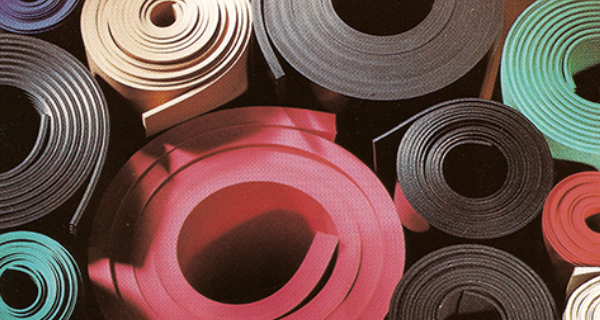 Rubber compounds for household chemicals; rolled: Rubber compounds for household chemicals; rolled: | |||||
| 7-122K | XII-1b | −15 to 75 | 3 | 60–75 | SKMS-30ARKM-15 |
| 2. Rubber compounds for industrial and household products; rolled: | |||||
| H-24–5 | XII-2а | −15 to 100 | 3 | 35–65 | NK |
| 1458G | XII-2а | −15 to 100 | 3 | 35–65 | SKI-3NGP |
| 376C | XII-2а | −15 to 100 | 3 | 35–65 | SKN-26+Nairit |
| 20–200 | XII-2а | −15 to 100 | 3 | 35–65 | NK |
| 7-57-6005 7-57-6005-1 | XII-2а | −15 to 100 | 3 | 35–65 | SKMS-30 ARKM-15+SKD |
| Kz-627 Kz-627-0 Kz-627-0-1 | XII-2b | −15 to 75 | 3 | 55–75 | SKI-3 |
| RP-101–215u (elongation at break n/m 100%) | XII-2b | −15 to 75 | 3 | 55–75 | SKMS-30 ARKM-15 |
| 6309-24 | XII-2v | −15 to 75 | 3 | 65–80 | SKI-3 |
| A-1 | XII-2v | −15 to 75 | 3 | 65–80 | SKMS-30 ARKM-15 |
| 7-57-5010 | XII-2v | −15 to 75 | 3 | 65–80 | SKN-26+SKN-26 PVC-30 |
3.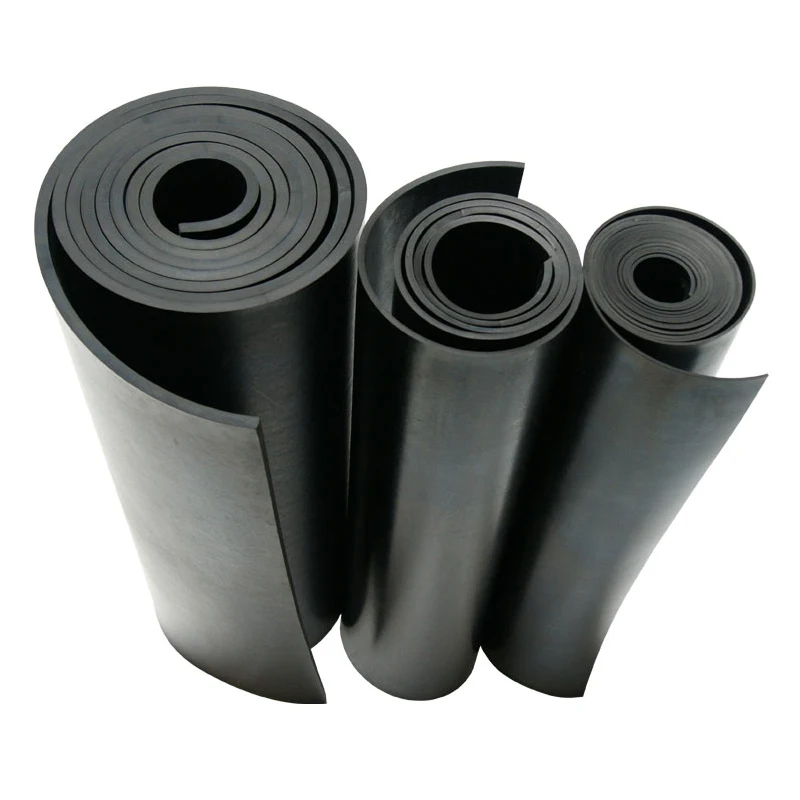 Rubber compounds for electrical tapes, rolled: Rubber compounds for electrical tapes, rolled: | |||||
| 567 | XII-3 | −20 to 60 | 9 | - | SKI-3, SKI-3–01 |
| 1453 | XII-4 | −20 to 70 | 5 | - | SKI-18+SKI-3 |
| 1451–1 | XII-4 | −20 to 70 | 5 | - | SKMS-30 ARKM-15 |
| 10670 | XII-4 | −20 to 70 | 5 | - | SKMS-30 ARKM-15 |
| Rubber brand | Code | Shore hardness | Rubber type |
|---|---|---|---|
| 51–2059 | 251231 | 40-55 | SKN-18+Nairit |
| IRP-1314-I | 251231 | 76–86 | SKF-32 |
 1051559-87
1051559-87 | Rubber grade | Shore hardness | Rubber type |
|---|---|---|
| GC-2566 | 35–55 | SKI-3+SKMS-30 ARKM-15 |
| GC-1751 | 80-100 | SKMS-30 ARKM-15 |
| GH-1976 | 50–70 | SKMS-30 ARKM-15 |
| GC-1395 | 70–85 | SKI-3+SKMS-30RP |
| GC-1394 | 85-100 | SKI-3+Nairit |
| GC-1626 | 80-100 | SKI-3+SKMS-50RP |
| Rubber brand | Rubber group | Operating temperature range, (°C) | Shore hardness | Rubber type |
|---|---|---|---|---|
| 5P-768 (black) | 11, 31, 41, 51 | −30 up to 70 short-term up to 100 | 50–70 | SKI-3 |
| Rubber brand | Rubber group | Operating temperature range, (°C) | Shore hardness | Rubber type |
|---|---|---|---|---|
| 52-563 (light grey) | 11, 14, 15, 21, 25, 31, 34, 35, 51, 55, 61, 62 | −30 to 100 | 50–70 | SKN-26MP |
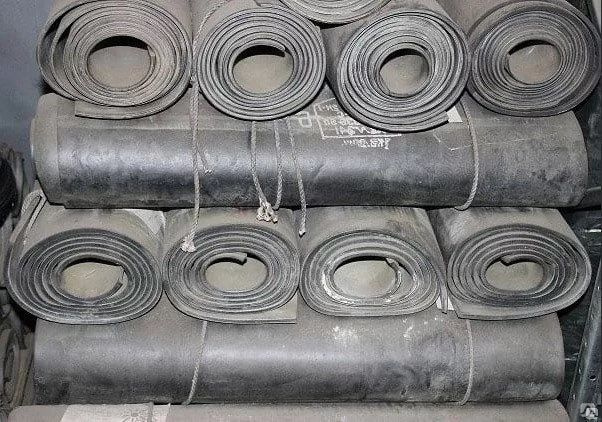 0051166–98
0051166–98 | No. | Rubber compound grade | Shore hardness | Rubber type | Operating conditions, temperature range (°C) |
|---|---|---|---|---|
| 1 | IRP-1078 NTA | 76–86 | SKN-18+SKN-26 | Air, oils, fuels; -50 to 150°C |
| 2 | NO-68–1 NTA | 55–67 | SKN-18+nayrit DSR, DSN. | Air, oils, gasoline, grease, fuel - from -55 to 100°C; weak solutions of acids, alkalis - from −4 to 100°С. |
| 3 | V-14 NTA | 78–85 | SKN-18 | Air - -45 to 100°C; oils — from −4 to 100°С; alcohol - from -60 to 70 ° C.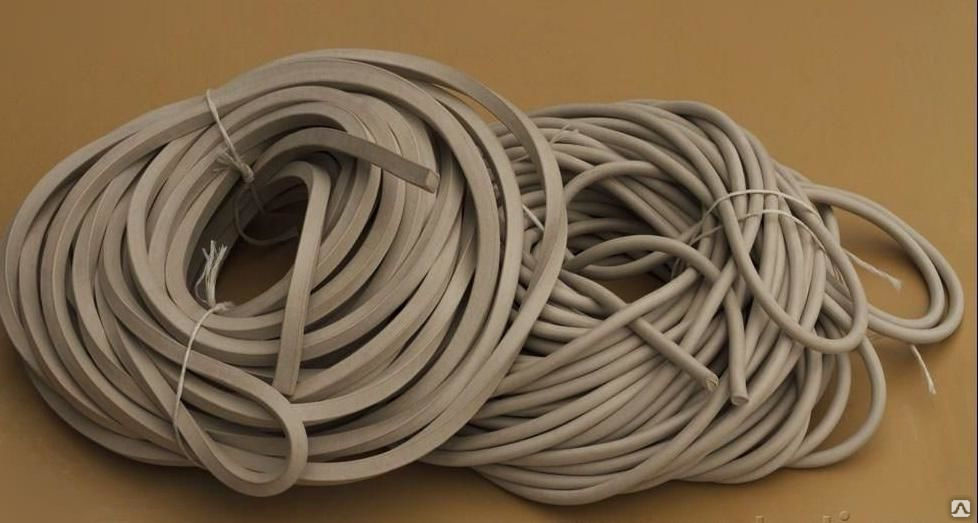 |
| 4 | IRP-1353 NTA | 70–82 | SKN-18 | Oils - -60 to 150°C; lubrication — from −40 to 150°С. |
| 5 | IRP-1287 NTA | 74-84 | SKF-26 | Air - -20 to 250°C; fuel, oils, lubricants — from −20 to 200°С. |
| 6 | 9831 | 60–72 | SKN-26 | Air, fuel, oil - from -30 to 130°C; water - from 4 to 100 ° C. |
| 7 | 98–1 NTA | 53–63 | SKN-18 | Air - -55 to 100°C; oils — from −60 to 150°С. |
| 8 | 51–1683 NTA | 73–83 | SKN-26M | Fuels, oils - from -55 to 150°C; briefly up to 180°C. |
| 9 | 51–1668 NTA | 68–83 | SKN-18M | AMG oil - from -60 to 150°C. |
| 10 | 51–1669 HTA | 68–83 | SKN-18M+SKN-26M | Oils, fuels - from -55 to 150°C.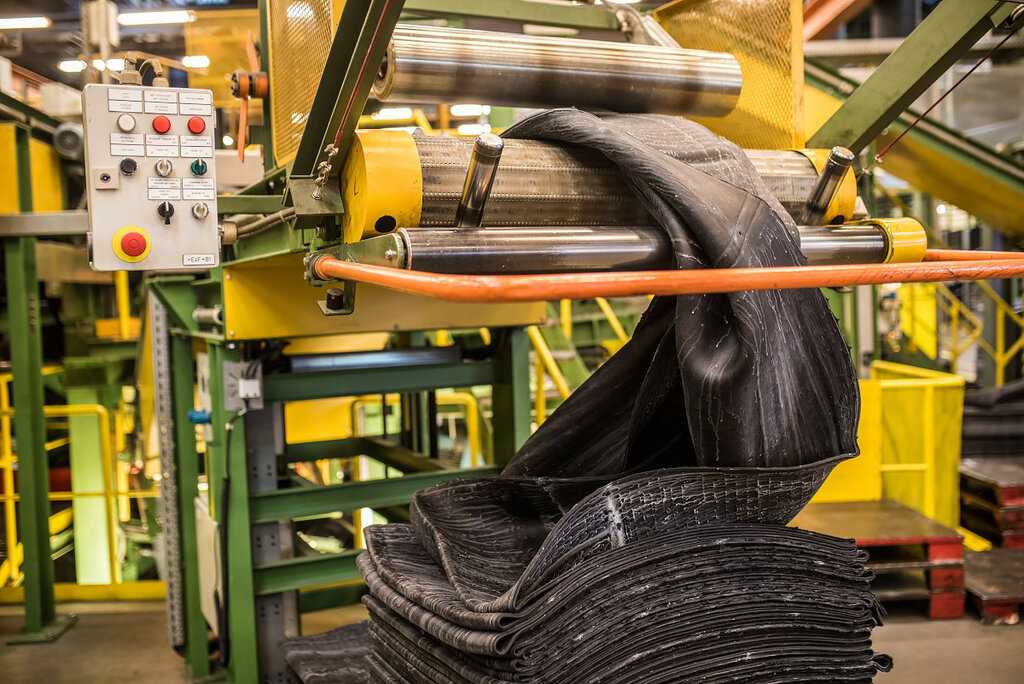 |
| 11 | 51–1697 | 68–83 | SKN-40M | Oils, petrol - from -10 to 100°C. |
| 12 | 51–1698 NTA | 60–75 | SKF-26 | Fuels, oils - from -20 to 250°C. |
| 13 | 51–1536 HTA | 57–67 | SKN-26 | Air-oils, nitrogen-oils -50 to 150°C. |
| 14 | 4326–1 HTA | 63–78 | SKN-18 | Air - -45 to 100°C; fuel, oils — from −55 to 100°С. |
| 15 | 4327 HTA | 65–80 | SKN-18+SKN-26 | Air - -50 to 100°C; gasoline, fuel, transformer oil - from −55 to 100°С. |
| 16 | 3824 HTA | 43–58 | SKN-26 | Air, gasoline, fuel, oils - from -30 to 100°C; water - from 4 to 100 ° C. |
| 17 | 3825 HTA | 80–92 | SKN-40 | Air, gasoline, fuel, oils - from -30 to 100°C; ethyl alcohol - from -30 to 70 ° C; water - from 4 to 100 ° C.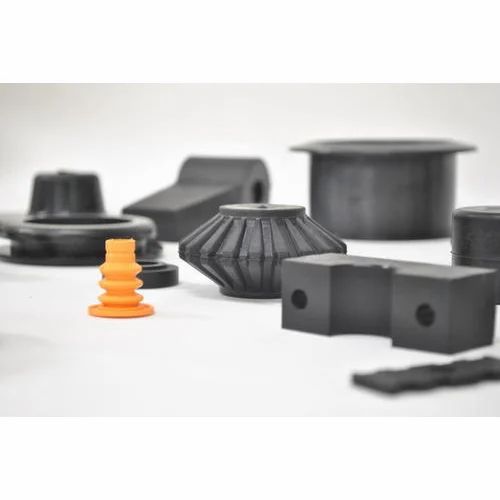 |
| 18 | 3826C NTA | 62–74 | SKN-40 | Air, gasoline, oils - from -30 to 100°C; water, weak solutions of acids and alkalis - from 4 to 100 ° C. |
| 19 | 51–1742 NTA | 72-82 | SKF-26 | Air - -20 to 250°C; fuel, oils — from −20 to 300°С. |
| 20 | 4004 NTA | 72–84 | SKN-40 | Air - -15 to 100°C; gasoline, fuel, oils — from −30 to 100°С; water - from 4 to 100 ° C. |
| 21 | 3311 | 30–45 | NK | Air - -50 to 80°C; water - from 4 to 80 ° C. |
| 22 | 1847 | 35–50 | NK | Air - -50 to 80°C. |
| 23 | 2959 | 46–61 | NK | Air - -50 to 80°C. |
No.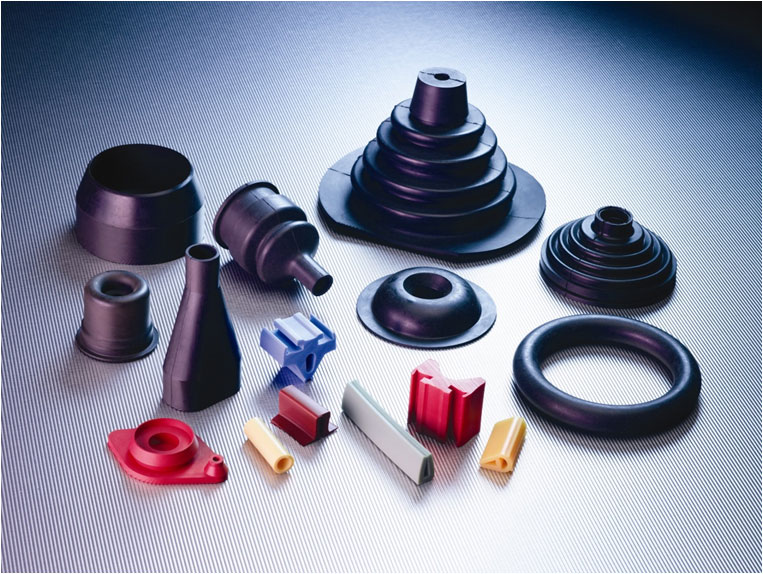 | Rubber compound grade | Hardness, units Shora | Rubber type | Operating conditions, temperature range, (°C) |
|---|---|---|---|---|
| 1 | IRP-1136 | 76–88 | SKF-32 | Sea water and fresh water -2 to 100°C; oils — from −10 to +70°С; air — from −50 to +70°С. |
| 2 | IRP-1175 | 70–80 | SKN-18S | Water - from +4 to +50°С; sea water — from −10 to +50°С; air, inert gases, nitrogen, oils — from −40 to +50°С. |
| 3 | IRP-1387 | 75–85 | SKN-18S+SKN-26S | Air, oils, fuel - from -30 to +120°С. |
| 4 | IRP-2010 | 72–85 | SKF-32 | Inert gases, nitrogen - from -10 to +150°C; air, lubricants — from −10 to 150°С. |
| 5 | IRP-2025 | 55–70 | SKN-18S+Nairit | Air, ethyl. alcohol, oils, lubricants, fuel — from −50 to +50°С.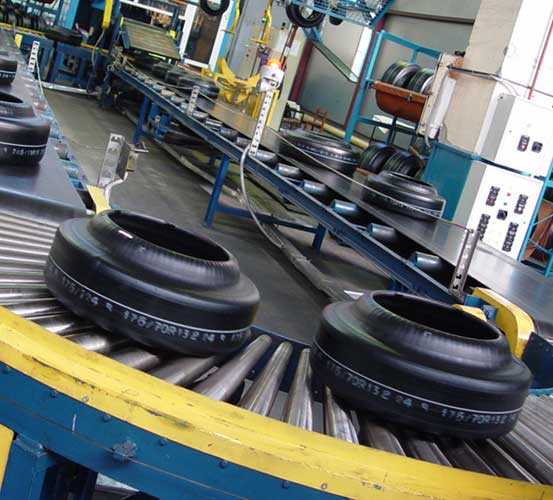 |
| 6 | IRP-2035 | 74–85 | SKN-18S+ SKF-32 | Oils, lubricants - from -50 to +50°С. |
| 7 | IRP-2043 | 68–78 | SKF-26 | Air, oils - from -10 to +150°C. |
| 8 | IRP-3001 | 70–80 | SKN-18S | Oils - -50 to +50°C. |
| 9 | IRP-3012 | 71–84 | SKN-18S+SKN-26S | Air, oils, fuel - from -50 to +50°С. |
| 10 | 51–2064 | 60–75 | SKN-26 | Air, fuel, superheated water - from -30 to +120°C. |
| 11 | 51–2093 | 50-62 | EPDM-40 + polyisobutylene | Sulfuric acid solution, KOH, oil, air - from -40 to +50°C; water — from +4 to +50°С. |
| 12 | 51-1419 | 75–85 | SKF-26 | Air, oils - from -10 to +150°C. |
| 13 | 51–2068–1 | 65–80 | SKN-40SM | Freon-12, oils, lubricants and their vapors — from -10 to +110°С. |
| 14 | 51–3044 | 48–58 | SKEPT-40.50 NT | Air -50 to +50°C |
| 15 | 51–3065 | 55–65 | SKN-18S+nairit | Air, inert gases, oils - from -50 to +50°С. |
| 16 | 9086 | 72–84 | SKN-26S | Air, fuel, oils - from -50 to +50°С. |
| 17 | IRP-1379 | 45–60 | SKI-3 NT+SKDS | Air - -60 to +80; sea water — from −10 to +50°С. |
| 18 | IRP-2052 | 55–65 | SKEP-40.50 NT | Air, oils, vacuum - -50 to +100°C. |
| 19 | 9089 | 74-84 | SKN-18S+SKN-26S | Air, oils, fuel, naphthyl — from -40 to +50°C. |
| 20 | 51–2080 | 50-65 | SKEPT-40.50 | KOH solution, air - -40 to +50; water — from +4 to +50°С. |
| 21 | 51-2072 | 45–60 | SKEPT-40 | Air - -50 to +50; sea water - from -10 to + 50 ° С. |